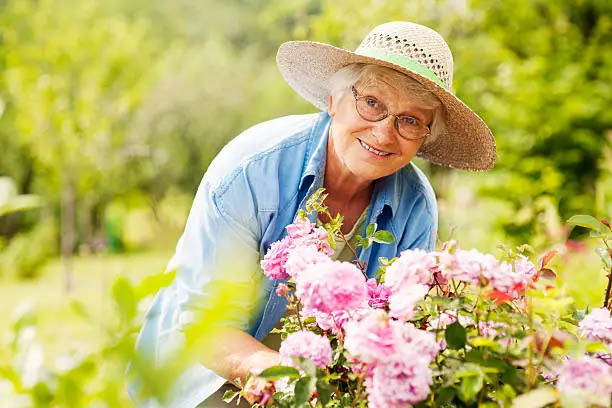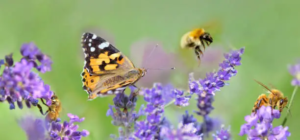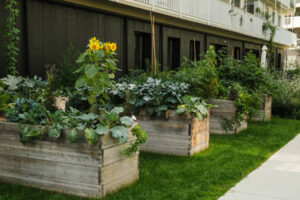Gardening is more than just a means of cultivating plants; it is a deeply therapeutic activity that can significantly enhance mental and physical well-being. Healing gardens, specifically designed to promote health and relaxation, offer a tranquil refuge from the stresses of everyday life. This article explores the therapeutic benefits of gardening, highlights plants with calming effects, and outlines key design principles that can help create a peaceful, healing environment.
Therapeutic Benefits of Gardening

The act of gardening is inherently restorative. It encourages physical activity, which boosts endorphins, the body’s natural painkillers and mood elevators. Furthermore, being outdoors and interacting with nature helps reduce stress levels, lower blood pressure, and improve overall mood. Studies have shown that gardening can decrease cortisol, a stress hormone, thereby promoting a feeling of relaxation and well-being. For those recovering from illness or suffering from chronic conditions, gardening can offer a welcome distraction and a sense of purpose and accomplishment.
Plants with Calming Effects

Certain plants are known for their soothing properties, both through their visual beauty and their physical uses. Incorporating these into a healing garden can enhance its restorative impact:
- Lavender: Known for its calming scent, lavender is often used in aromatherapy to reduce stress, anxiety, and even mild pain. Its presence can help create a soothing atmosphere.
- Chamomile: This herb is widely used in teas for its relaxing and sedative effects. Chamomile flowers can add a gentle, calming presence in the garden.
- Jasmine: The sweet fragrance of jasmine has been found to have a calming effect on the nervous system, reducing anxiety levels and aiding in sleep.
- Mint: Mint is refreshing and easy to grow. Its aroma is uplifting and can help relieve headaches and mental fatigue.
- Rosemary: Another aromatic herb, rosemary, is reputed to improve concentration and memory, and its fragrance can help alleviate mood swings and foster relaxation.
Design Principles for a Healing Garden

Creating a healing garden involves more than just plant selection; it requires thoughtful design that promotes peace and restoration. Here are some key principles to consider:
- Seclusion and Privacy: A healing garden should be a secluded sanctuary, away from the noise and activity of daily life. Use natural barriers like hedges, bamboo screens, or trellises covered in climbing plants to create a sense of privacy and enclosure.
- Water Features: The sound of water is inherently soothing. Including a small fountain, a birdbath, or a pond can enhance the calming atmosphere of the garden.
- Comfortable Seating: Ensure there are plenty of comfortable seating areas that invite relaxation and contemplation. Position these to overlook beautiful views or to be surrounded by fragrant plants.
- Paths and Walkways: Gentle, winding paths encourage leisurely walks, helping to reduce stress levels. Materials like smooth flagstone or mulch can integrate naturally into the landscape.
- Sensory Experience: Engage all the senses by incorporating elements that can be touched, smelled, seen, and heard. Textured leaves, fragrant herbs, colorful flowers, and the gentle sounds of nature all contribute to a holistic sensory experience.
- Therapeutic Colors: Use colors that evoke tranquility and peace. Soft blues, greens, and whites are traditionally calming and can make the space feel more serene.
Healing gardens are not just beneficial for individual well-being; they can also serve as communal spaces that offer therapeutic benefits to all who visit. Hospitals, schools, and community centers have begun to incorporate these gardens into their environments to promote health and happiness among their populations.
Whether in a small corner of a backyard or as part of a larger community project, healing gardens provide a vital connection to nature, which is increasingly recognized as an essential component of health and happiness. The creation of such spaces not only nurtures the plants within but also supports the physical and emotional healing of individuals, fostering a healthier, more harmonious society.










